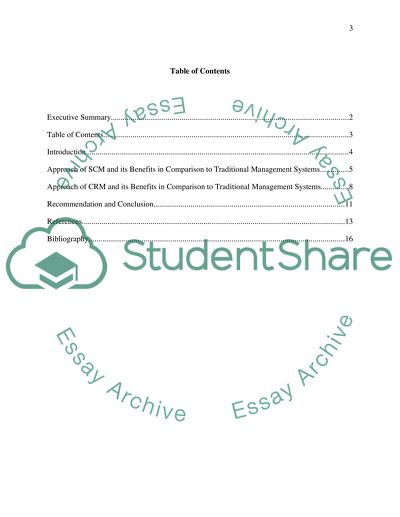Cite this document
(“Supply Chain Management (SCM) and Customer Relationship Management Research Paper”, n.d.)
Supply Chain Management (SCM) and Customer Relationship Management Research Paper. Retrieved from https://studentshare.org/finance-accounting/1436447-supply-chain-management-scm-and-customer
Supply Chain Management (SCM) and Customer Relationship Management Research Paper. Retrieved from https://studentshare.org/finance-accounting/1436447-supply-chain-management-scm-and-customer
(Supply Chain Management (SCM) and Customer Relationship Management Research Paper)
Supply Chain Management (SCM) and Customer Relationship Management Research Paper. https://studentshare.org/finance-accounting/1436447-supply-chain-management-scm-and-customer.
Supply Chain Management (SCM) and Customer Relationship Management Research Paper. https://studentshare.org/finance-accounting/1436447-supply-chain-management-scm-and-customer.
“Supply Chain Management (SCM) and Customer Relationship Management Research Paper”, n.d. https://studentshare.org/finance-accounting/1436447-supply-chain-management-scm-and-customer.


